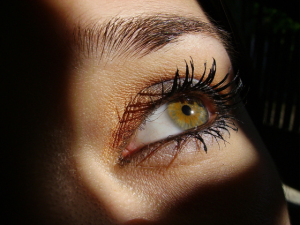by
Brendon Nafziger, DOTmed News Associate Editor | December 23, 2009

Stem cells may
restore sight and
reduce pain
Stem cells are making headlines again with the recent $111 million purchase of an experimental inflammatory bowel disease treatment by Pfizer. And now, a study comes out of the UK showing how researchers used stem cells to restore sight to patients with damaged corneas.
In work published last week in Stem Cell, doctors at the North East England Stem Cell Institute in Newcastle upon Tyne, England dramatically improved sight in five out of eight patients who had partial vision loss in one eye because of chemical or physical burn damage.
The researchers helped the singed corneas heal by transplanting stem cells to make up for limbal stem cell deficiency. This condition happens when through injury, such as burn damage, the cornea lacks the stem cells needed to repair itself.




Ad Statistics
Times Displayed: 45175
Times Visited: 1385 Keep biomedical devices ready to go, so care teams can be ready to care for patients. GE HealthCare’s ReadySee™ helps overcome frustrations due to lack of network and device visibility, manual troubleshooting, and downtime.
Grown on membranes
The method of growing the cells was ingenious. First, tiny strips of stem cells one millimeter by one millimeter in size were harvested from one of the patient's healthy eyes, and then grown in a lab on plots of stem-cell-rich amniotic membrane. The membrane, from the sac lining of newly delivered babies, had been donated by mothers to the the lab. Historically, the lining has been used to treat the surface of eyes damaged by burns to slow down injury.
Once on the membrane, the strip of cells grew exponentially.
"It expands 400 times, and then what happens, that expanded tissue is transplanted to the eye that has the disease," Dr. Sajjad Ahmad, clinical lecturer at the institute and co-first author of the study, tells DOTmed News.
Seeing is believing
The patients who had the stem-cell transplants were followed for a year and a half on average, although at least one patient was studied for three years.
Some of the patients showed remarkable recovery of sight, with some having their vision nearly restored to normal.
Dr. Ahmad notes that one patient went from only being able to see halfway down the famous Snellen eye-chart to reading near the bottom line, or almost 20/20 vision. Other patients who could only see hands moving in front of their eyes could see the top lines of the chart after treatment.
"A lot get considerable improvement," says Dr. Ahmad. "You go from an eye that can't see to one that can see almost normally."
Of course, sight improvement varied tremendously, and the only one of the eight patients who had a thermal, not a chemical, burn, experienced almost no improvement in vision. Dr. Ahmad notes that this subject's lids were burned off, and lidlessness makes it harder for stem cell therapy to work.

